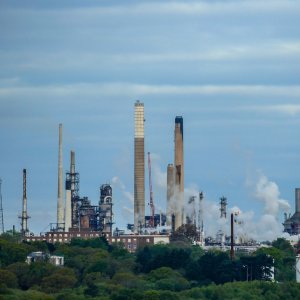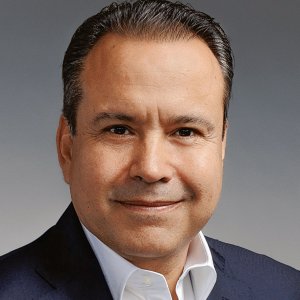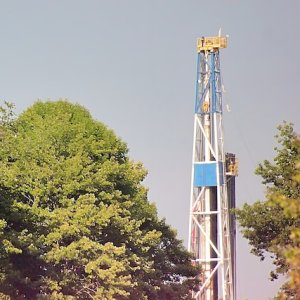Technical Approach Supports Every Decision

STORY INLINE POST
Q: In what areas are you expecting the greatest demand in 2020?
A: The change in government created some uncertainty among industry participants. The truth is that Mexico will continue to grow in terms of population, and hence energy consumption. While the administration is undergoing an internal transition process, the industry has to move on. We are not quite sure how the renewables capacity will be split between CFE and the private sector but this will be defined over time. As a result, we foresee many business opportunities in concluding the projects that were approved under the previous administration, as well as the purchasing and selling of wind developments. The latter have experienced a great deal of movement lately and consolidating the financing of these projects and those being introduced to the market translates to a dynamic landscape for 2020. Given the narrower margins achieved during the long-term electricity auctions, we foresee an increased probability of equipment failure in the medium term. It is important that the providers of this equipment define the measures needed to manage these assets. This area requires a strong focus to translate successful contracts into efficient projects.
Q: What is the company’s experience on the asset management side?
A: In terms of technological advancements, the learning curve for solar energy is quite advanced in comparison to the wind industry. Turbine capacity and blade size have consistently grown year on year. From a developer’s viewpoint, there is already a novel turbine in the market before a project is constructed and this situation has pushed plant operators to optimize power curves and increase generation. This is a recurrent theme for our service demand, mostly driven by two reasons: the turbines are not generating according to expectations or a project is being sold. The impact that the optimization of the wind turbine will have on the existing asset needs to be gauged according to two principles. The first is to physically test that the improvement is working through specific market certifications and the second is to analyze the impact of this improvement over the long term. The turbine was designed to work under certain conditions, so part of our job is to foresee how it will work in the future to protect the structural integrity of the asset. Any optimization at the operational level, needs to consider these two aspects.
Q: How does the company work with the government to develop industrywide information?
A: There has been a strong interest from state governments in developing information platforms to deploy investment. One successful case was with the Tamaulipas Energy Agency, for which we mapped the state’s wind resource in 2017. A year later, together with the Ministry of Energy, we developed the National Inventory of Clean Energy (INEL) as well as the National Atlas of High-Potential Clean Energy Zones (AZEL). Within these platforms, we fostered the collaboration between private industry and federal and state governments. Given these efforts, the best wind atlas in the country belongs to Tamaulipas.
We are trying to replicate this model in other states in Mexico as we have gone through this process before in other geographies. As anyone can access this information, these platforms open the door to a variety of opportunities. For instance, CENACE can use it as a guide to develop the PRODESEN and private investors can organize auctions to seize this resource. This is how development plans are defined in more advanced economies.
We have also developed wind and solar generation forecasts. This information is relevant for two entities. The first is CENACE, because it is in charge of controlling supply. The second is the power producer, because having this information represents an advantage on the economic and operational sides. For instance, countries that foster renewables deployment, first inject solar and wind generation into the grid. Nuclear and hydropower come next, followed by combined cycles as these can react faster to power demand. This is why CENACE must determine how much energy will be generated through wind and solar in the next hour, in the next seven days and so on. In the US, we manage two-thirds of the forecasting market and in 2018 we won an auction by CENACE to deliver this service. We also offer integration studies to determine the impact that the grid will experience if a hydropower plant is added to the system.
UL Renewables is a leader and innovator in renewable energy consulting, providing engineering and operations services as well as software solutions to support clients as they develop their projects and turn them into durable assets.
























